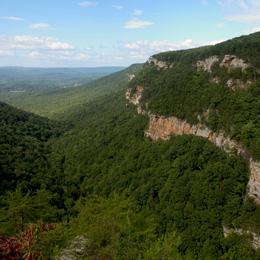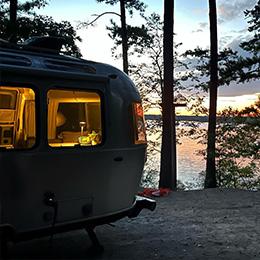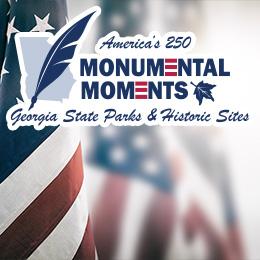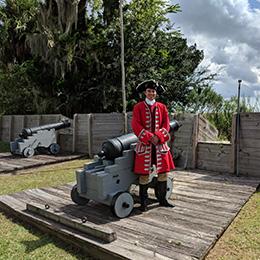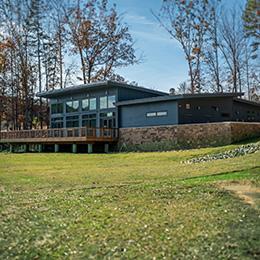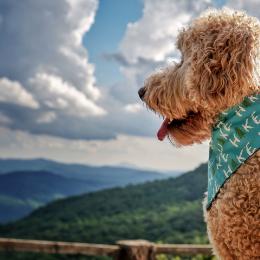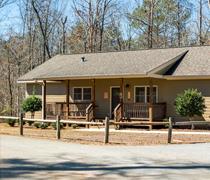» Helping Red-Cockaded Woodpeckers:
› Jarrell is part of a forest-management project to restore red-cockaded woodpecker habitat. Visitors may occasionally hear timber activity from a remote part of our property.
Learn more about saving this endangered species.
» Pet Notice:
› Leashed pets are allowed on historic site trails, however, they are not allowed in buildings.
Please view our Park Rules page for more information.
"Dating back to 1847, through generations of family members, Jarrell Plantation Historic Site is one of the last remaining examples of a vanishing culture with its authentic nineteenth and early twentieth century plantation buildings typical to Middle Georgia representing the change from an agricultural to an industrial based economy. "
Nestled in the red clay hills of Georgia, this cotton plantation was owned by a single family for more than 140 years. It survived General Sherman’s “March to the Sea,” typhoid fever, the cotton boll weevil, the advent of steam power and a transition from farming to forestry.
In 1847, John Fitz Jarrell built a simple heart pine house typical of most plantations and made many of the furnishings visitors see today. By 1863, the 600-acre plantation was farmed by 42 enslaved African laborers. After the Civil War, John increased his land to nearly 1,000 acres farmed by former enslaved Africans. As John aged, most workers left and the slave houses deteriorated and disappeared.
After John’s death, his son, Dick Jarrell, gave up teaching to return to the farm, and in 1895, he built a small house for his family that grew to 12 children. Dick diversified the farm, using steam engines to power a sawmill, cotton gin, gristmill, shingle mill, planer, sugar cane press and syrup evaporator. In 1974, his descendants donated these buildings to establish Jarrell Plantation State Historic Site.
Jarrell Plantation also maintains Griswoldville Battlefield, an unmanned 17 acre site where the Battle of Griswoldville happened on November 22, 1864.
Facilities
- Museum & Film
- Gift Shop
- Picnic Area
- Bus Parking
- Animal Farm
Things To Do & See
- Film
- Plantation Buildings
- Field Trips
- Geocaching
- Self-Guided Tours
- History Trail
- Interpretive Programs
- Picnicking
- Group Tours - available by request
Nearby Attractions
- Ball's Ferry
- Griswoldville Battlefield
- High Falls State Park
- Historic Macon, GA
- Indian Springs State Park
- Dames Ferry Campground
- Piedmont National Wildlife Refuge
- Whistlestop Café
- Charlie Elliott Wildlife Center, Clybel WMA, & Marben PFA
- Rum Creek WMA





